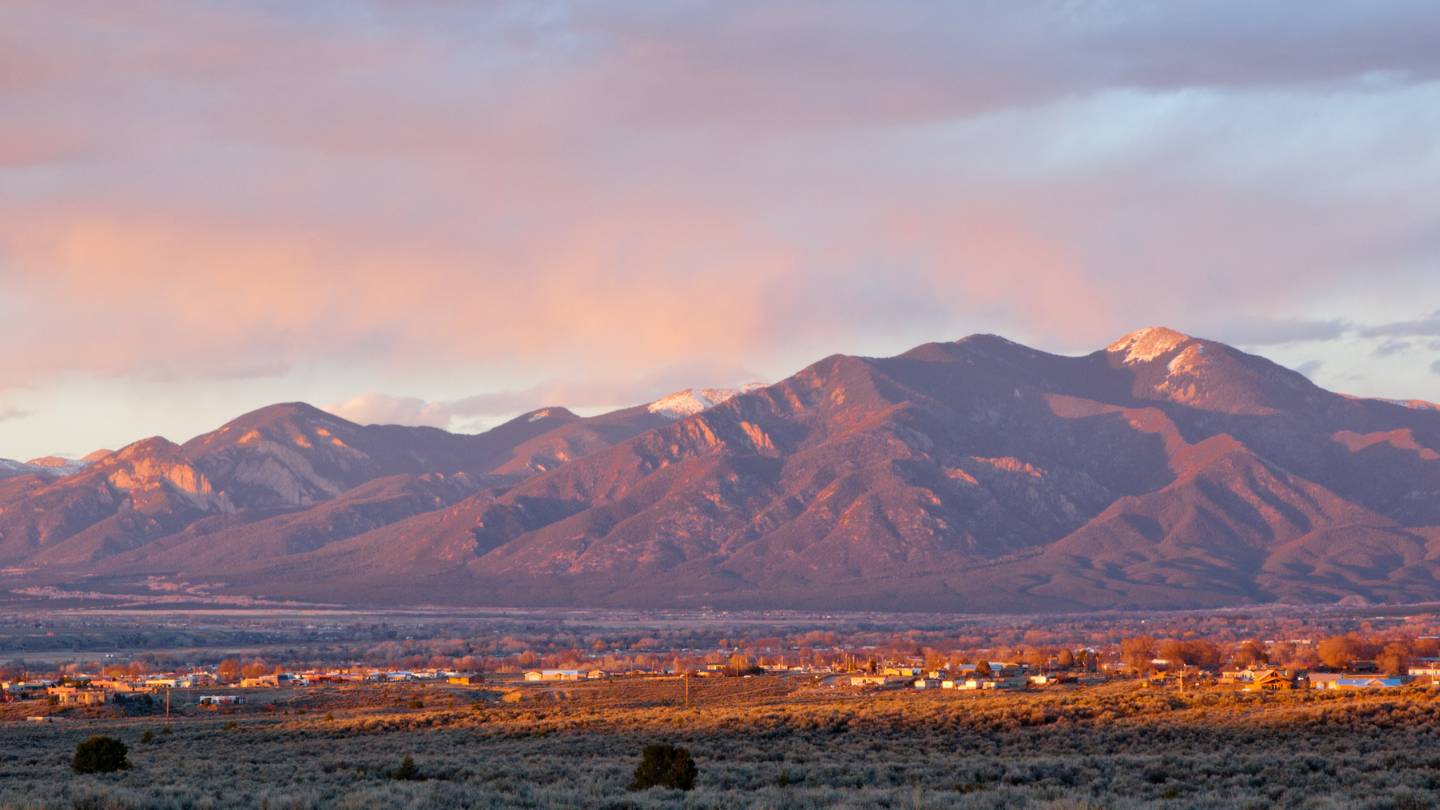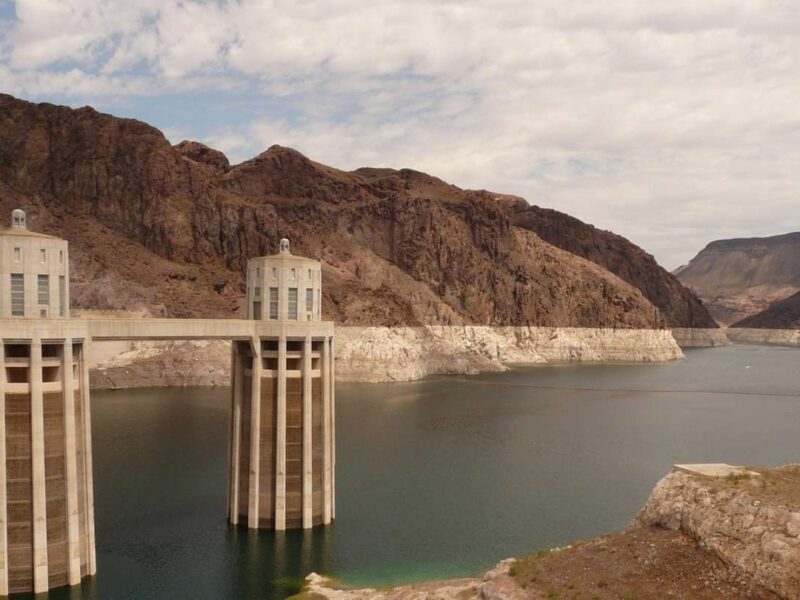Is Education the Antidote to Sprawl in Northern New Mexico?
A key step to creating housing density in the Taos Valley: Engaging locals in conversations about what it means to build good housing.
If you take a stroll around downtown Taos, it won’t be long before you find yourself in Taos Plaza, a hub of commerce and culture that dates back to the late eighteenth century. Today, it’s surrounded by adobe art galleries, restaurants, and boutique hotels. But more than 200 years ago, it marked the location of one of the most important Spanish settlements in northern New Mexico – a dense fortress where dozens of families lived in large quadrangles not far from Taos Pueblo, where Indigenous tribes had been living for thousands of years. For their mutual benefit and security, those Spanish families lived in close quarters, utilizing the public square to share resources and build infrastructure.

Now the centerpiece of the Taos Historic District, the modern-day Taos Plaza is still a vibrant public gathering space, one that hosts festivals, concerts, and farmers markets. But it’s no longer the center of residential living. As Taos grew, like so many other communities in the West, its residents moved outward – and over the last century, housing sprawl stretched far beyond the town limits to places where land is cheaper. “Obviously, the county already has a lot of sprawl,” says Andy Jones, a senior planner for Taos County who spends his days thinking about affordable housing. “It’s a wealthy sprawl. All of the homes that have gone up in the last 25 years, a lot of them are high-end luxury homes.”

Low-density housing sprawl has real consequences for the environment: Reducing biodiversity and natural landscapes, fragmenting wildlife corridors, putting more polluting vehicles on the road, and straining existing infrastructure. And now, as housing advocates in the area think about how to create more affordable homes, top of mind is building denser communities near the center of town – not unlike the original plaza settlement. But convincing residents to support that type of housing is a challenge. One solution, though, has emerged: community education.
Starting The Conversation
In the wake of the COVID-19 pandemic, the Taos Housing Partnership was formed in an effort to develop new units in Taos as the community faced a significant housing shortage. “We need housing at every single level,” says Lisa O’Brien, the nonprofit’s executive director. “To do that, particularly in small communities that often don’t love change, it can be a tough nut to crack.”
One of the ways O’Brien has been cracking that nut is by starting a series of community conversations in which locals can learn about housing opportunities and why concepts like density matter so much. “In mountain communities, there’s a tendency for people to say: ‘We should put affordable housing out there, some place in the distance,’” O’Brien says. “But if you do that, you don’t have infrastructure, water, or transportation.”
To date, Taos Housing Partnership has hosted seven speaker events with about 30 to 40 people attending each session, which are modeled off a Livability Speaker Series created by Homewise, a Santa Fe-based organization. While community education is just a first step in building housing, regional advocates say it’s one that can’t be overlooked.
“Education is the most critical piece, particularly in a community the size of Taos,” says Daniel Werwath, a Santa Fe-based affordable housing expert and former senior housing policy advisor to New Mexico Governor Michelle Lujan Grisham. Werwath, who has been a featured speaker for the Taos Housing Partnership on two occasions this year, stresses the importance of bringing people along in the process of developing housing. “It’s personal. It’s relational. And the education becomes: The type of housing you build matters.”
Opportunities on the Horizon
While a large-scale affordable housing development is still years away in Taos, local leaders and advocates have zeroed in on an opportunity near the town center: a nine-acre parcel recently purchased by the county. “It’s such a perfect location for a housing development,” Jones says. “The infrastructure is ready. It’s near grocery stores, medical facilities, bus stops, and employers.”
Jones says it will be at least three to five years before construction begins, but the hope is ultimately to build between 70 and 100 workforce housing units. There are hurdles to clear: securing zoning approval and funding for the project will take time. And Jones also knows there could be pushback from community members who don’t want to see this kind of density. “A lot of times, any kind of housing project gets heavy resistance from neighbors,” he says.
Some of that pushback, he notes, is rooted in the fact that Indigenous and Spanish residents have not historically been treated fairly – or served well – when new infrastructure is built. But he also knows education – the kind being done right now by the Taos Housing Partnership – could help all residents better understand the value of affordable housing. If the nine acres are developed into a dense housing development, Taos locals stand to gain, as does the surrounding landscape as sprawl is reigned in. But for a project of that scale to come to fruition, community advocacy will have to play a central role. “You can’t just go build houses,” O’Brien says. “You have to do the anchor work.”
Ultimately, that anchor work may help the town return to a model of housing that hearkens back more than two centuries – to a time when settlers in Taos Plaza understood the intrinsic benefits of density.





